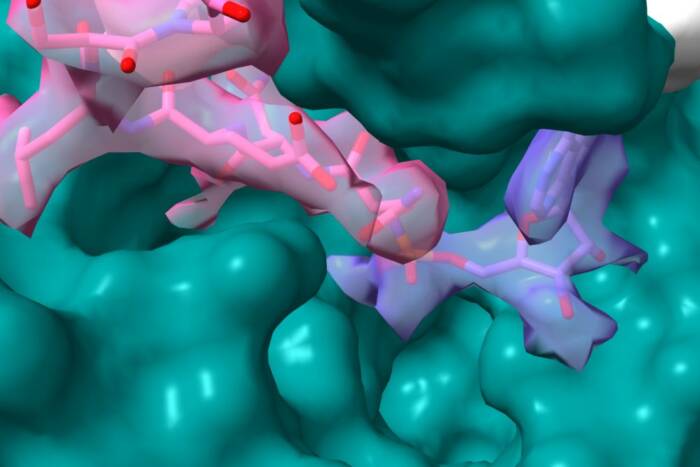Researchers Use Cloning Technology to Produce Embryonic Stem Cell Lines from Adult Mice
Study shows that these cells can be coaxed into becoming neurons
Embryonic stem cells can be derived from benign biopsies of adult mice and can become neurons and germ cells, report researchers from The Rockefeller University and Sloan-Kettering Institute in the April 27 issue of Science. The findings hint that perhaps any cell might be a source for therapeutic applications.
“We have shown that embryonic stem cell lines can be generated quite easily from adult somatic cells isolated from a harmless biopsy,” says lead author Teruhiko Wakayama, Ph.D. “These cell lines can be differentiated reliably into cells of potential therapeutic relevance, such as dopamine-producing neurons.”
Embryonic stem (ES) cells are capable of developing into many–if not all–cell types. In 1999, the researchers reported the use of ES cells to clone mice using a technique called microinjection developed by Wakayama.

Peter Mombaerts, M.D., Ph.D.
The latest research extends and develops this technique to produce ES cells from the cells of a region of a preimplantation mouse embryo called the inner cell mass. These embryos, which are no more than a ball of cells called a blastocyst , can be grown in a laboratory dish. Nuclear transfer (nt) was used to produce cloned blastocysts from which the ES cell lines were derived, and these lines are called ntES cell lines. When placed into another embryo, the ntES cells differentiated in the body of the resulting mouse to all somatic cell types, as well as gametes (sperm and eggs).
The Rockefeller team included Peter Mombaerts, M.D., Ph.D., head of the Laboratory of Developmental Biology and Neurogenetics; Ivan Rodriguez, Ph.D., and Anthony C. F. Perry, Ph.D. (Wakayama and Perry recently moved to Advanced Cell Technology, in Worcester, Mass.) They collaborated with Viviane Tabar, M.D., and Lorenz Studer, M.D., head of the Laboratory of Stem Cell and Tumor Biology at Sloan-Kettering Institute, who induced the ntES cells in a laboratory dish to become dopaminergic neurons, cells that produce the neurotransmitter dopamine, which affects brain processes that control movement, emotional response and ability to experience pleasure and pain. Dopaminergic neurons are the cells that fail in sufferers of Parkinson’s disease. In future experiments, dopaminergic neurons derived from ntES cells will be used to alleviate mice from experimentally induced Parkinson syndrome.
“We don’t see the relevance of this work as limited to any one condition, but believe that we have demonstrated the feasibility of the first steps of therapeutic cloning in general, albeit in mice,” says Mombaerts. “Starting with a harmless tail biopsy of an adult mouse, we have shown that we can produce an essentially unlimited supply of highly differentiated cells with potential therapeutic interest. Importantly, the overall efficiency of this sequence of manipulations is quite good: the procedure is reproducible.”


